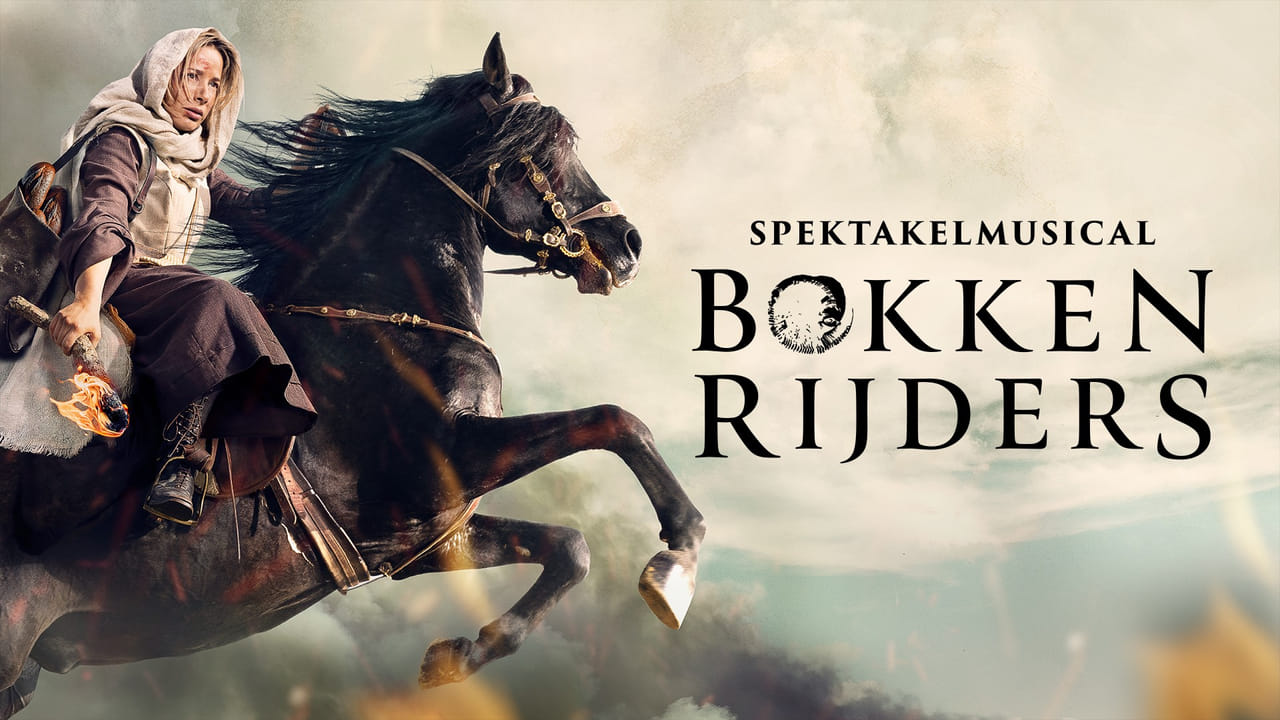
when Horror Yearbook – The Bokkenrijders are a notorious group of outlaws in Dutch folklore. They are infamous for their strange connection with goats and witchcraft. Their legend has been passed down through generations, portraying them as a dangerous gang of criminals. They were believed to have committed robberies, performed dark rituals, and even practiced witchcraft. Today, the Bokkenrijders remain one of the most fascinating and eerie aspects of Dutch folklore.
They are said to have existed in the 17th century. Rumors describe them as a gang of criminals who roamed the southern Netherlands. Their name, “Bokkenrijders,” translates to “goat riders,” stemming from the belief that they rode goats instead of horses. This strange imagery contributed to their eerie reputation. Some believed they could transform into goats or other animals to carry out their deeds undetected. These legends have only added to their mystique over the years.
The Bokkenrijders were not ordinary outlaws. According to the stories, they robbed villages and merchants. People feared them for their cunning and brutality. Their robberies were often followed by ritualistic acts. Some say the gang used witchcraft to carry out their crimes. In some versions of the legend, they were seen as agents of the devil. People believed they made a pact with dark forces in exchange for their powers and ability to commit crimes without being caught. The robberies took place under the cover of night, making it difficult for authorities to track them down.
“Read about: The Legend of Mak Lampir: A Tale of Magic and Mystery from West Sumatra”
Their connection to witchcraft played a significant role in the legend. During the 17th century, fear of witches and the supernatural spread widely. Their ability to ride goats, disappear into the night, and perform strange rituals made them seem like practitioners of dark magic. Many believed they could summon evil spirits to help with their crimes. The fear surrounding witchcraft and the supernatural only intensified people’s fear of them. Many thought their powers were supernatural, which made the legend even more terrifying.
The Bokkenrijders’ legend became linked to the infamous witch hunts of the time. Fear of witches peaked during the 17th century. People quickly accused others of witchcraft, often without evidence. Additionally, some members of the gang faced accusations of being witches or devil worshippers. Dutch authorities carried out witch hunts, persecuting many innocent people. As a result, some legends claim that the Bokkenrijders were among those targeted in these hunts. Furthermore, the witch hunts and fear of witchcraft added a dark and mysterious aura to the gang, making them more infamous. Over time, this connection grew stronger, solidifying their place in Dutch folklore. Consequently, the fear surrounding the gang intensified. In this way, the Bokkenrijders became even more notorious in the eyes of the public.
“Read more: Boost Your Workout: How Vibration Plates Improve Strength and Flexibility”
Like many outlaw gangs, the Bokkenrijders eventually faced downfall. Over time, their crimes caught the attention of the authorities. Consequently, the Dutch government launched efforts to bring the gang to justice. As a result, many members were arrested and executed. Some were even tortured to confess their crimes and involvement in witchcraft. However, despite the efforts to bring them to justice, the legend of the Bokkenrijders never truly died. Instead, their story continued to haunt the folklore of the Netherlands. Additionally, the legend was perpetuated by stories and myths passed down through generations. Over the years, it remained alive in the hearts and minds of many. In this way, the Bokkenrijders have become an enduring part of Dutch folklore.
The legacy of the Bokkenrijders continues to captivate people today. Stories, books, and local myths keep their legend alive. The image of goat-riding outlaws and their association with witchcraft has inspired many works of fiction. These outlaws symbolize the dark side of Dutch folklore, representing the fears and superstitions of the past. Their story also highlights the role of folklore in shaping cultural memory and identity. Today, people still tell tales of these figures, making them one of the most enduring legends in Dutch history.